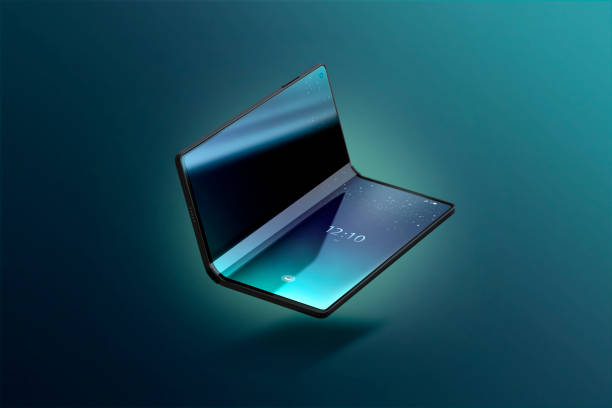Unfolding the Future: The Emergence of Foldable Tech
In the realm of technology, innovation is a constant race. Tech titans across the globe are always in the pursuit of the next big thing. Recently, a new contender has emerged on the scene, capturing the interest of tech enthusiasts and ordinary consumers alike. Foldable technology, while still in its infancy, is poised to redefine the concepts of versatility and portability in the tech world.

The Dawn of Foldable Tech
The concept of foldable technology isn’t entirely new. As early as 1973, the world saw a glimpse of this technology with the introduction of the folding mobile phone. However, the technology was quite rudimentary and was limited to just a folding form factor rather than a truly flexible display.
The next significant development came in 2013 when Samsung showcased a prototype of a foldable display at the Consumer Electronics Show (CES). This marked the first time that a flexible, fully operational screen was displayed to the public. From then on, the race for foldable tech was on.
Innovation in the Making
While Samsung was the first to showcase a foldable screen, other tech giants soon followed suit. In 2018, Royole, a Chinese tech company, unveiled the FlexPai, the world’s first commercially available foldable smartphone. In 2019, Samsung released the Galaxy Fold, its first foldable smartphone, which boasted a 7.3-inch display that could fold into a compact device.
The current generation of foldable tech is not limited to smartphones. Several tech companies are experimenting with foldable laptops and tablets. Lenovo, for instance, revealed the ThinkPad X1 Fold in 2020, a fully functional laptop with a foldable 13.3-inch screen.
Today’s Foldable Tech Landscape
The foldable tech landscape of today is brimming with potential. More companies are joining the fold, pun intended, with their unique takes on the technology. From Samsung’s Galaxy Z Fold and Z Flip series to Motorola’s revived Razr phones to Huawei’s Mate X series, consumers now have a variety of options to choose from.
Despite the growing interest, foldable tech is still a premium segment, with devices often priced at over $1,500. However, as the technology matures, prices are expected to become more consumer-friendly.
Looking Ahead: The Future of Foldable Tech
The future of foldable tech is undoubtedly exciting. The technology not only offers a new form factor but also opens up new possibilities for user interfaces and software design. For instance, multi-tasking could be significantly enhanced with the larger screen real estate.
Despite the excitement, foldable tech still has hurdles to overcome. Durability is a significant concern, as evidenced by the initial problems faced by the Galaxy Fold. Furthermore, the technology’s high price point is a barrier for many consumers.
A Foldable Future
Foldable technology is an exciting development in the tech world. While it still has challenges to overcome, the potential it offers is immense. As companies continue to innovate and improve upon the technology, foldable devices may soon become a common sight, redefining our interaction with technology. The future is here, and it’s foldable.





